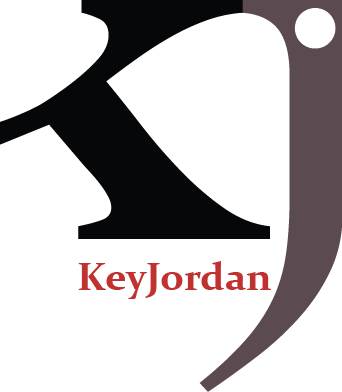Human Capital Management
Compensation & Benefits
Compensation:
A strategic employee compensation plan is crucial for determining the right pay levels and attracting the type of talent that aligns with your company’s goals. Your compensation strategy encompasses various elements, including pay scales, reward programs, benefits packages, and company perks. By carefully crafting and implementing a strategic compensation plan, your business can position itself competitively in the market, ensuring you attract and retain top talent within your industry. At Key Jordan, we help you design compensation strategies that not only motivate your workforce but also drive your company’s success.
Perks & Benefits:
Perks and benefits are critical factors in your company’s ability to attract and retain the best talent in your industry. Offering a compelling benefits package not only enhances your employer brand but also plays a crucial role in the overall appeal of your company to top candidates. However, the effectiveness of your benefits offerings is closely tied to your company’s success and financial health. At Key Jordan, we guide you in creating a competitive benefits strategy that aligns with your company’s goals and helps you stand out in the talent market.
Job Grading:
Job grading is a strategic approach that categorizes jobs into groups based on similar descriptions and specifications, distinct from pay grades, which group jobs solely by salary. This classification system is integral to several key HR functions, including recruitment, compensation, and employee development.
Effective job grade classification helps:
Establish the Relative Size of Jobs: Clearly define and compare the significance and responsibilities of each role within the organization.
Allocate Jobs within a Common Pay Structure: Ensure that all roles are matched to appropriate levels or grades in a consistent pay framework.
Promote Fairness in Compensation: Guarantee that pay and benefits are distributed equitably, supporting legal compliance and equal pay for equal work.
Align with National and Local Frameworks: Meet the requirements of national agreements and adapt them locally to modernize pay structures.
Balance Analysis and Flexibility: Achieve a thorough evaluation of job roles while maintaining the flexibility needed for dynamic business environments.
At Key Jordan, we help organizations implement effective job grading systems that support fair compensation, strategic recruitment, and robust employee development plans. Our approach ensures that your compensation practices are both equitable and aligned with industry standards.
Salaries scale:
A pay scale or salary structure is a system that determines how much an employee is to be paid as a wage or salary, based on one or more factors such as the employee's level, rank or status within the employer's organization, the length of time that the employee has been employed, and the difficulty of the specific work performed. Advantages of salary structuring for the organization: Serves as a motivational tool Reinforcing a culture of self-improvement Improves staff retention Encourages corporate transparency.
Salary Benchmarking:
Benchmarking is an organizational change process directed toward continuous improvement. It is a search for best practices among leaders that lead to their superior performance. Advantages of benchmarking for the organization: Improving Product QualityLowering Labor Costs Increasing Sales and Profits.
Job evaluation:
Is a systematic way of determining the value of a job about other jobs in an organization. It makes a systematic comparison between jobs to assess their relative worth for the purpose of establishing a rational pay structure. Advantages of Job evaluation: Adjust the Salary Structure Training needs Managerial Candidates Talent Pool.
Training And Development:
Is any attempt to improve current or future employee performance by increasing an employee's ability to perform through learning, usually by changing the employee's attitude or increasing his or her skills and knowledge. Advantages of Training & development :Increase job satisfaction and morale among employees increase employee motivationIncrease efficiencies in processes, resulting in financial gain Increase capacity to adopt new technologies and methods increase innovation in strategies and products reduce employee turnover Strategic Development
Performance Management:
Organization’s Benefits: Improves organizational performance, employee retention, and loyalty, improves productivity, overcoming the barriers to communication, clear accountabilities, and cost advantages. For employees it Clarifies expectations of the employees, self-assessment opportunities clarifies the job accountabilities and contributes to improving performance, clearly, defines career paths and promotes job satisfaction.
Talent Management:
Refers to the anticipation of required human capital for an organization and the planning to meet those needs. ... Talent management is the science of using strategic Human Resource planning to improve business value and to make it possible for companies & organizations to reach their goals.
Advantages of Talent Management: Develop clear job descriptions, so you know the skills, abilities, and experience needed for a new employee.Provide effective employee onboarding and ongoing training and development opportunities that reflect both the employee's and the organization's needs.Select appropriate employees who have superior potential and fit your organization's culture, with a proper selection process. Provide promotional and career development opportunities for employees within a system that includes career paths, succession planning, and on-the-job training opportunities.Policies and procedures employees contracts and more.








